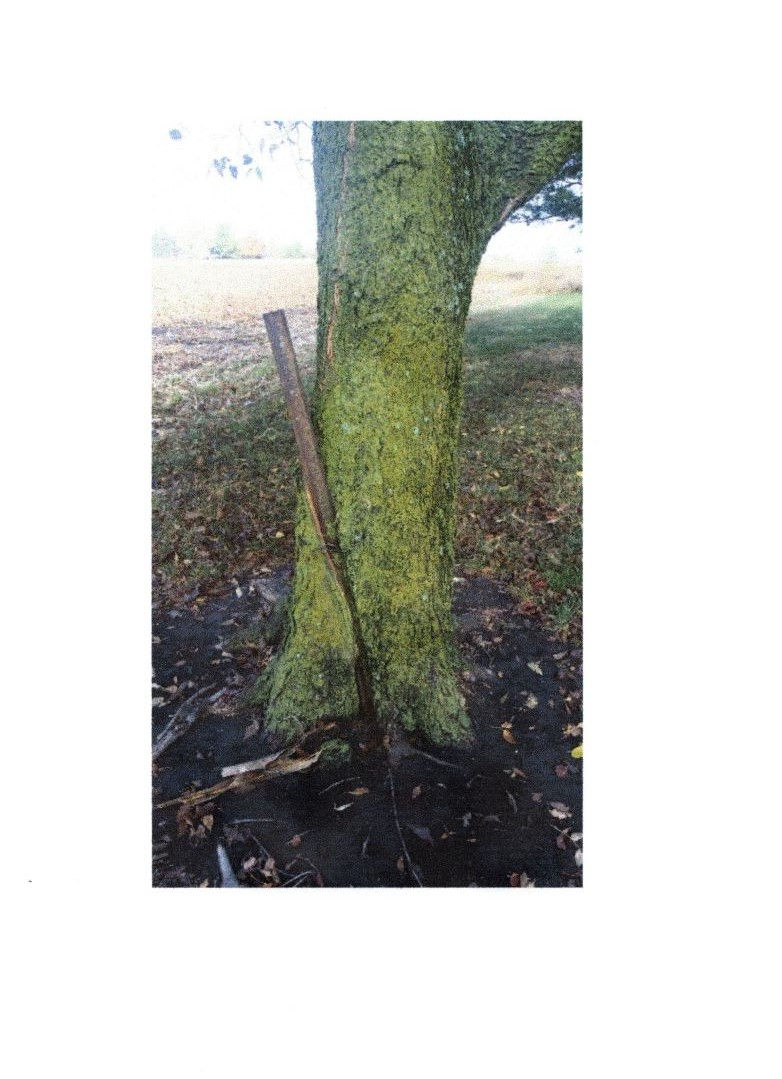Urban Tree Management: Article
- John Matthews
- Aug 2, 2020
- 3 min read
Updated: Aug 11, 2020
As of 2020, 80% of Australians live in a built-up urban environment. As the complexity of our urban environment increases, so does our need for specialised skill sets to manage that environment. Tree management is one of those skill sets. Incorporated into most cities of the world are a myriad of trees. They grow next to the cracked concrete of footpaths and reign over the sweeping grass in our city parks. They exist on council verges on quiet suburban streets and they also line our busiest highways. Their roots grow deep underground, wrapping around sewerage lines and searching for hidden aquifers. Their canopies span our gardens and bring life to the otherwise grey cities of our world. These trees are known collectively as the Urban Forest.
There are a thousand ways urban trees help to improve the quality of our urban environment. This includes improving the air quality by filtering pollution, absorbing carbon dioxide and producing oxygen. They also make our environment more pleasant in a number of ways: they reduce the proliferation of noise and noise-pollution, they reduce wind factors and they also provide valuable shade coverage which, in turn, reduces daytime temperatures. Their environmental impact includes erosion control and storm water capture. Urban trees provide valuable health, sociological and environmental benefits.
Due to the recognition of their incredible value, urban trees are more and more being recognised for what they are: assets. This means that they can be recognised as having a measurable monetary dollar value that can be placed on a local government or company’s balance sheet and even included in a property valuation. The method of valuation that has received the most widespread support and acceptance in Australia is known as the Helliwell Valuation Method. This method puts a value on the Visual Amenity of a tree; this is calculated on the basis of things like the tree’s overall visual appeal and its suitability and prominence in the environment. As an example, this method results in most established suburban trees on council-owned verges being valued at between $6 000 and $20 000.

Even though there is a growing emphasis on the value of our urban trees, their management is still, in general, only accepted on a reactive rather than a proactive basis. In other words, our trees are ignored until they become a problem. When a responsible party buys a $20 000 car, that car is maintained regularly: fuel is probably topped up weekly, and the car would be taken to a mechanic at set times, and the owner would most likely do other minor checks during the year, such as of the tyre pressure, and of the car’s oil and coolant levels. It would be unthinkable to only ever consider the maintenance of a $20 000 car after the car breaks down or after it has been in a severe accident. Yet that it is exactly what is very common in regards to tree management. In many cases, tree management of a $20 000 tree is not considered until after a tree limb has failed or the whole tree has died. In some cases, tree management is not considered until far too late when a tree branch has caused damage to cars, persons or property.

A proactive approach to urban tree management includes addressing the overall-health of the tree, the soil in which it is found as well as other virtues of the tree’s immediate environment. Proactive tree management provides an opportunity to give an early assessment of tree related risk and gives the owner an opportunity to conduct due diligence to their legal and ethical responsibility for the tree’s safety.
Importantly, proactive tree management ensures that the size and quality of our Urban Forest continues to improve; and it places value on the Urban Forest as one of our most important urban resources.
A link to Arborology WA Arboricultural Consultants tree management services can be found https://www.arborologywa.com.au/post/urban-tree-management-services.




Comments